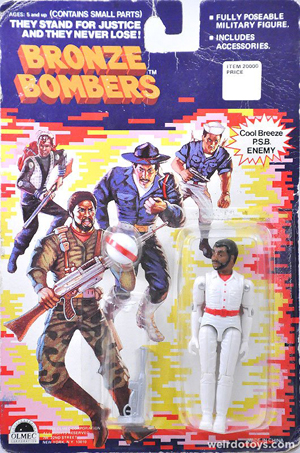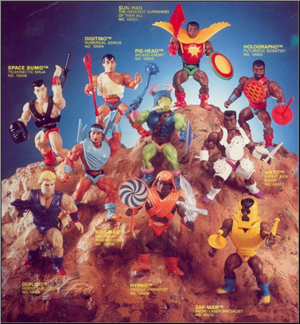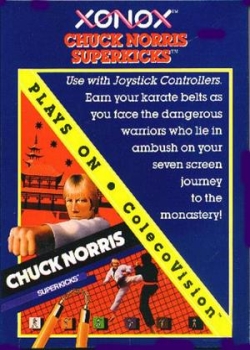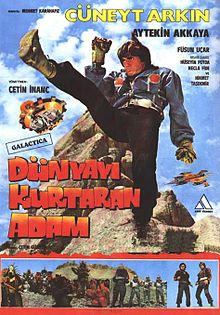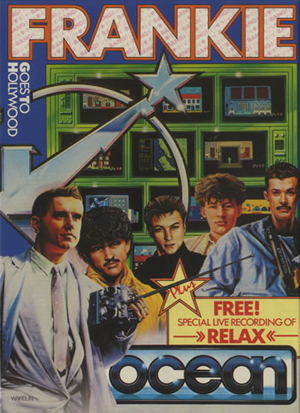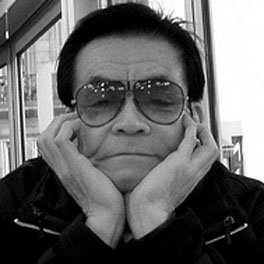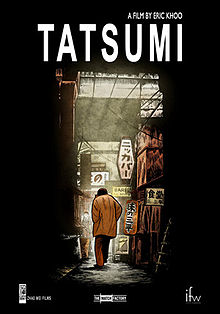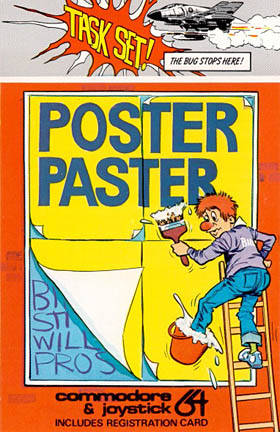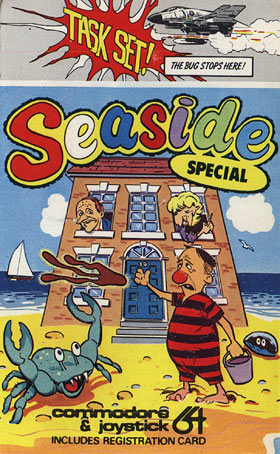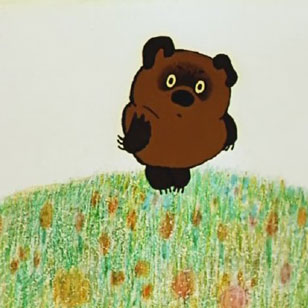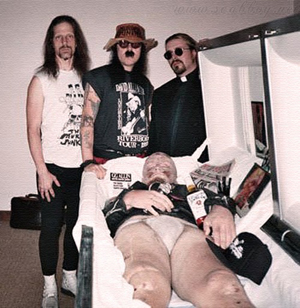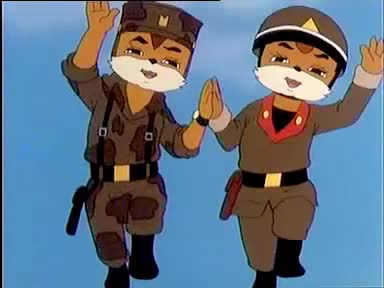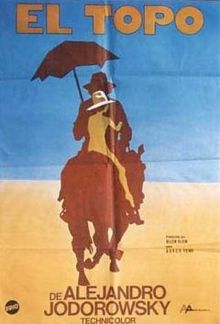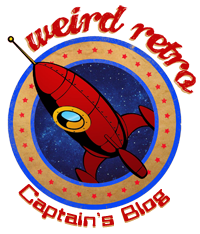| The Bronze Bombers were created in 1988 by Olmec, an African-American owned toy company. Olmec was a toy company created by an African-American mother called Yla Eason, who "couldn't find a black super hero for her son." She noted that most action figures that were available were white, and so she decided to create a line of figures that her son could identify with.The result was a G.I. Joe with soul. Taking G.I. Joe and making him G.I. Bro! The toys were even given historical context, as the text on the cards read, "Fearlessly, the mighty U.S. 369th Infantry led the nation's greatest Black Army into battle. They fought in WWI and WWII and they never lost. There have been no warriors their equal until today! Today, we have the Bronze Bombers™! Today they defend the country against P.S.B. enemy squad. These highly skilled combatants stand for justice and they never lose!" |
| Pretty much Olmec's whole range of toy were cheap and shody rip-off versions of other toy manufacturers ideas. Somewhat undermining the "positive-image toy" that Olmec were rightly attempting to create. The range of toys that they produced were obvious copies of the He-Man range, called Sun-Man, were the first Olmec released. Aside from African-American figure, they also manufactured Hispanic and Asian action figures, as well as dolls for girls to compete with the dominance of Barbie. Although there had already existed an African-American doll in the Barbie range since the 1960s. All the "politically correct" toys were manufactured in China, at a time when China were becoming well known for their unethical treatment of workers. |
Weird Retro Fact: View the Bronze Bombers Album on the Weird Retro facebook page.
